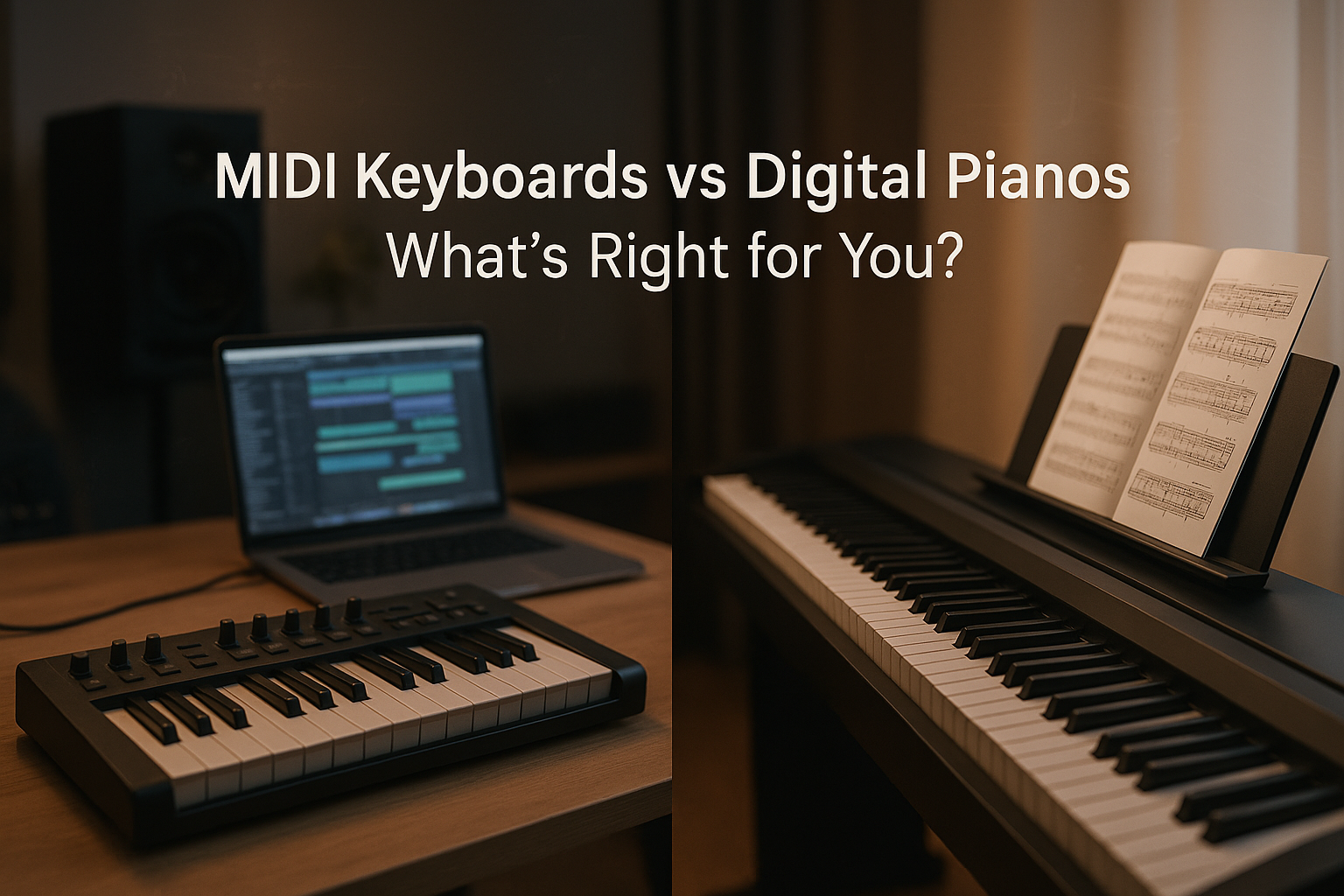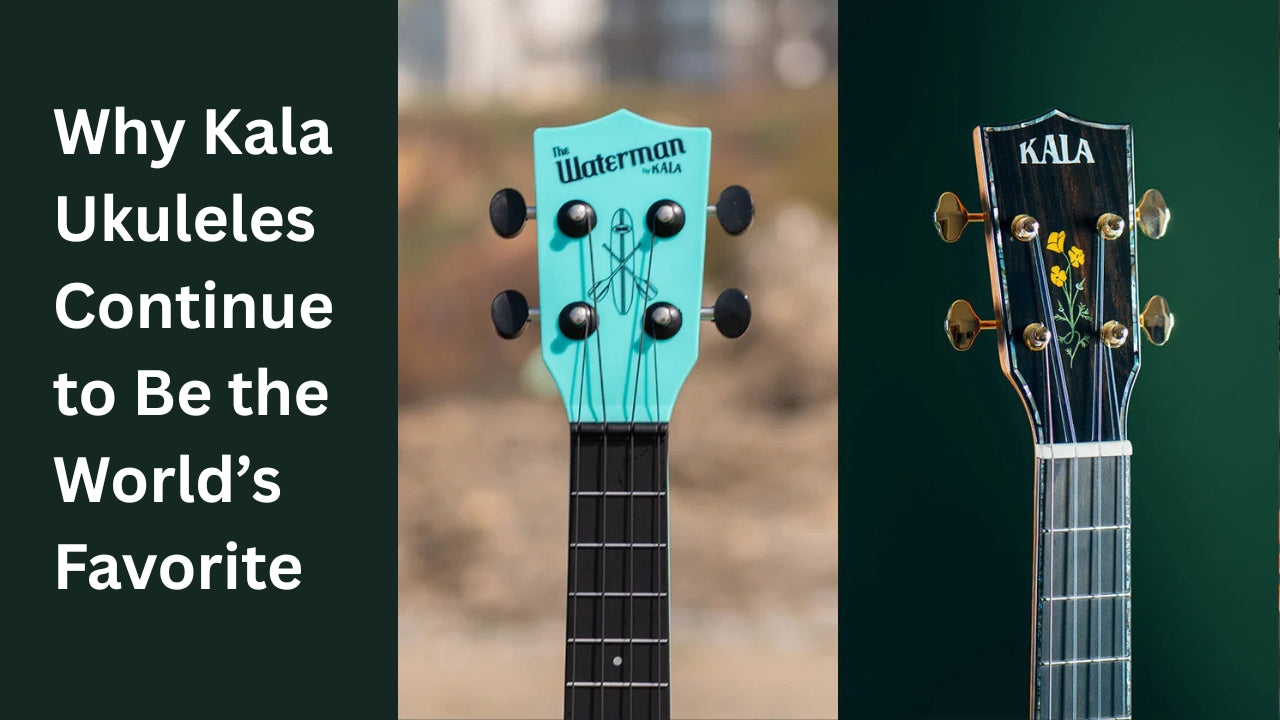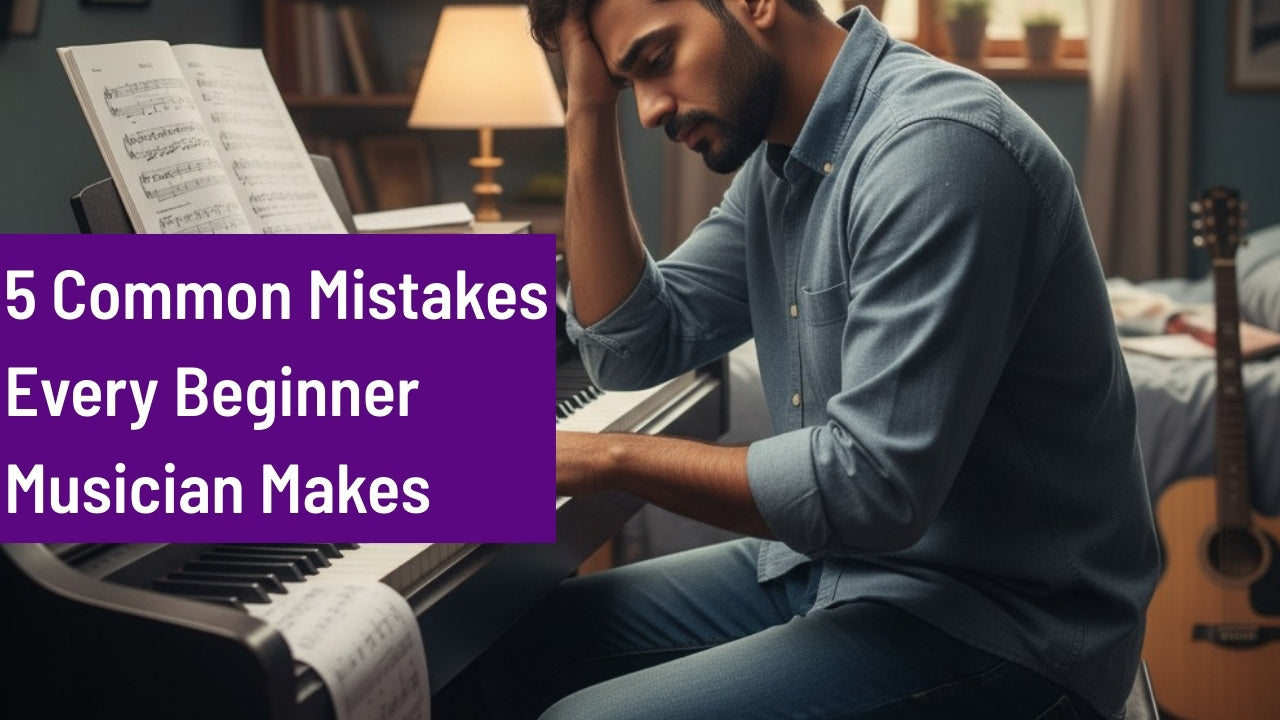Introduction:
Studio Monitors aka Reference Monitors are very essential when it comes to recording, mixing or simply recording on your six strings. A good set of monitors is quintessential to record every detail with precision and accuracy that will help you grow as a musician. But the question you are mostly likely to ask yourself is – What makes Studio Monitors any different from normal speakers or what makes a good set of studio monitors accurate to the toe? With this guide we will not only help you understand the difference between the studio monitors but also help you decide which set of monitors fit your requirements and your budget.
What are Studio Monitors?
While you mix music in a recording studio, your sense of hearing immediately guides you to make decisions on what adjustments are to be made, how the frequencies need to be boosted, which ones to roll off. This is why the speaker you use for playback play an important role while you are jamming. To get your mix to sound exactly how you want it, you don’t want speakers to adulterate your sound. Now while this is difficult to achieve with normal speakers, Studio Monitors helps you a lot in this. It helps record the sound accurately and gives you the sound you need. Studio Monitors are designed to reproduce audio signals that are flat across the audible frequency spectrum, not like everyday stereo speakers that are modified to produce strong bass response and paunchy sound. Studio Monitors doesn’t play with the frequencies on their own and gives you accurate, consistent response at any volume. This also helps to examine how certain elements sound at different volumes and help capture fleeting musical transients that adds detail to the sound. Yes it does take quality components and extensive engineering to make sure the signal remain flat and this is one of the major differences that are reflected when it comes to the price of the studio monitors. That being said, you can of course find the best studio monitors even with a budget.

The Tannoy Reveal 402 sounds like a much bigger monitor and offers a wide sweet spot so you’re not locked into a tight mixing position.
How to differentiate between a good monitor?
The very first time you hear the music play with a quality monitor, you might find it extremely weird. That’s only because you are used to listening to high bass stereo speakers which are more pleasant and are at extremely loud frequencies made to trick you. One of the first things you need to do is, prepare yourself to hear things differently. When you start working with a studio monitor, you might feel that the playback may be really different. That is because it is. Sound from Studio monitors is way more accurate that normal stereo speakers. Rather than looking for effects like bass boost, you want to focus on how accurately your speakers will reproduce sounds in your particular studio environment. The first thing you need to keep in mind is the numbers when it comes to buying studio monitors. Frequency response, THD, SPL and terms like watts and driver size is going to affect your decision when it comes to buying a studio monitor. These specs provide a mental image of how your monitor will perform during recording. They also help you see the results to achieve your desired sound. While these specifications are helpful and important, they are not standardized. Think of it this way, one manufacture’s 0.01% THD maybe another’s 0.03% THD. This varies from manufacture to manufacture. So ultimately, you have to trust your ears and stick with a brand. And the most important bit – RESEARCH!




Share:
It's Official! Slash to Reunite with Guns N' Roses for Coachella!
Buying Guide: How to Choose Perfect Studio Monitors – Part 2